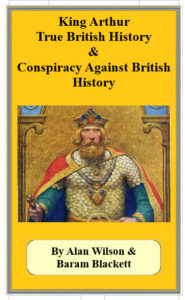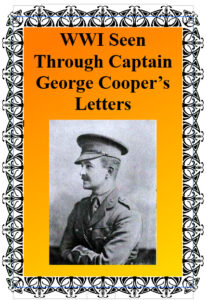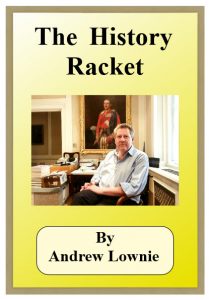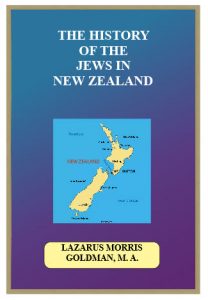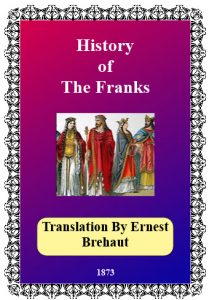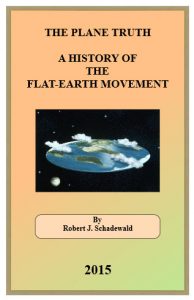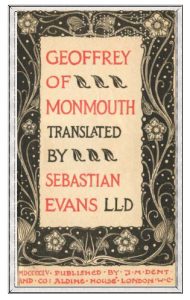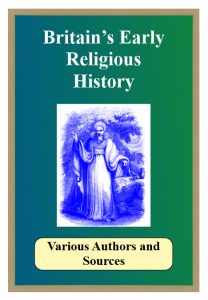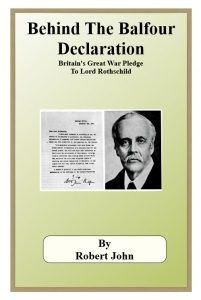1. The Identity of the Khumry – Misnamed “Welsh”
There are no Celtic people in Britain, and there never ever were any Celtic people in Britain.
If the ancient British were “Celtic” then All ancient British History is wrong, and as the British Histories can be very substantially proven to be correct then the “Celtic” myth that was invented in AD 1714 is yet another vast deception and fraud. There are no other words for this. The false idea that the Khumry, the Scots, and the Irish are Celts, is an Anglo-Saxon politically and religiously motivated invention, designed destroy the ancient Histories and to conceal truthful Historical Facts that are unpleasant for the propaganda of Rome and London.
The ancient Khumry people were known to the Assyrian Great Kings and Emperors as the Khumry – Ten Tribes of Israel. This is the fact, and the one million strong Khumry never got lost as they always knew who they were and where they were. In Britain the Khumry always claimed to be the Ten Tribes, that is before London began to dominate and seized control of ‘education’ or should one say mis-education.
The invaluable Ancient British Alphabet assists in the accurate tracing of our British ancestors by following the Alphabet inscriptions trail along the migration trail. These Khumry people were subjected to mass deportations from Israel by successive the Assyrian Emperors Tiglathpileser III, Shalmaneser IV, Sargon II, and Sennacherib between 740 -702 BC. Their Alphabet is found on baked clay tablet texts excavated at the Assyrian imperial city of Nineveh.
When Sennacherib was murdered in a temple by two of his sons a civil war erupted in Assyria as the heir Esarhaddon fought the murderers who were two of his half brothers. The Khumry Ten Tribe people seized the opportunity and took off from western Armenia going west across both branches of the Upper Euphrates river and through the Taurus mountain range. This is well described in Esdras Book II, Chapter 14. The Assyrians persuaded their northern allies the Scythians to pursue the Khumric Ten Tribes and battles ensued as the Khumry moved westwards.
In Asia Minor the Khumry were known to the Greeks as the Kimmeroi and the Kimmerians, and by 650 BC their unstoppable hordes had reached the Dardanelles and besieged the capital city of Sardis. Half the people then migrated to Etruria –Italy, and the other half remained in known named places until in c 504 BC when after continuous Greek pressure they allied with the Trojan remnants under Brutus to gain an opportunity. The Khumry then assembled with the Trojans on the Isle of Lemnos to sail for Britain, and this British History is proved by the existence of a large inscribed stone written in the Ancient British Coelbren Alphabet that was found in Lemnos in AD 1876 that is now in the Athens Museum.
Greek Histories match the British history and so the long journey of the Khumry-Ten Tribes ended. Some remnants of the Khumry remained in western Asia Minor, and the sum of their migrations is:-
1 Leaving Egypt under Moses around 1360 BC
2 Settling in old Canaan and being uprooted and deported north to Armenia by the Assyrians around 740-702 BC
3 Migrating westwards through the Taurus Mountain range in 687 BC and all across Asia Minor to reach the Dardanelles by 650 BC
4 Half the people migrate to Italy
